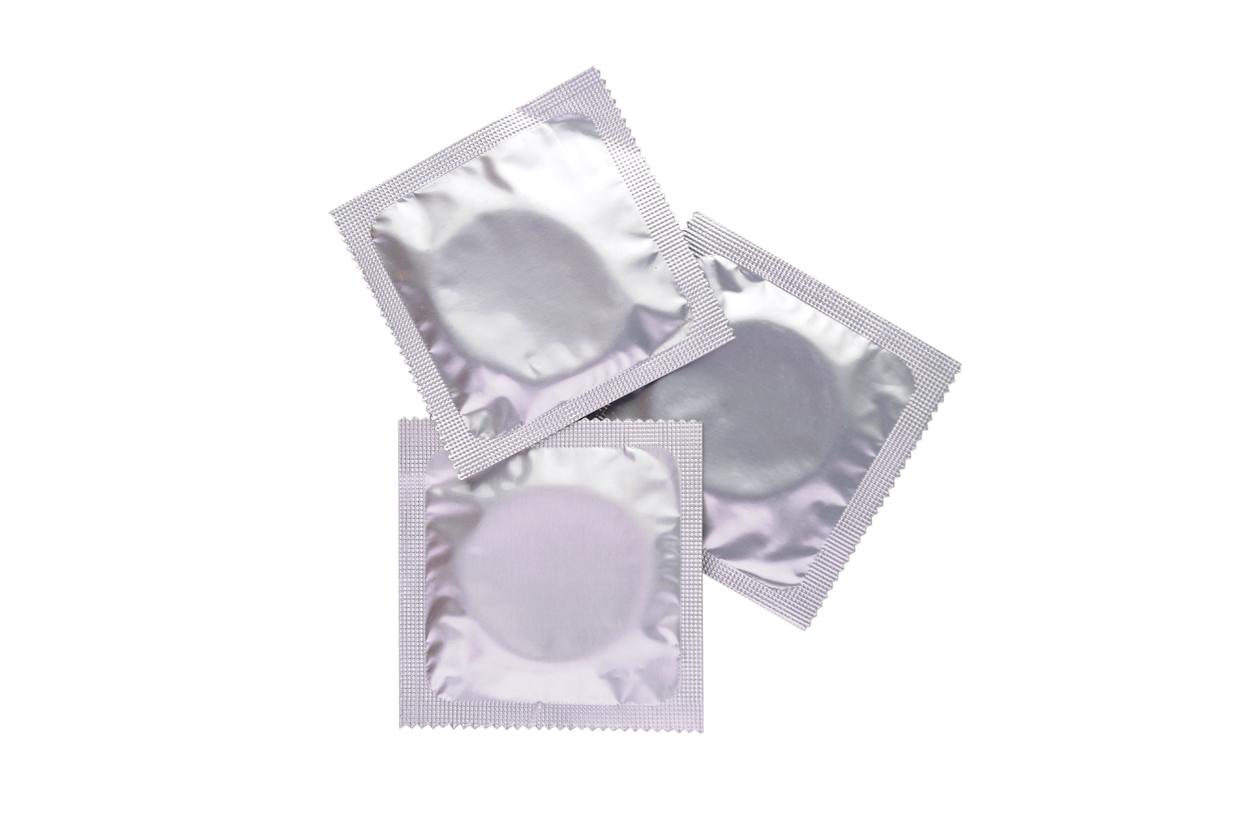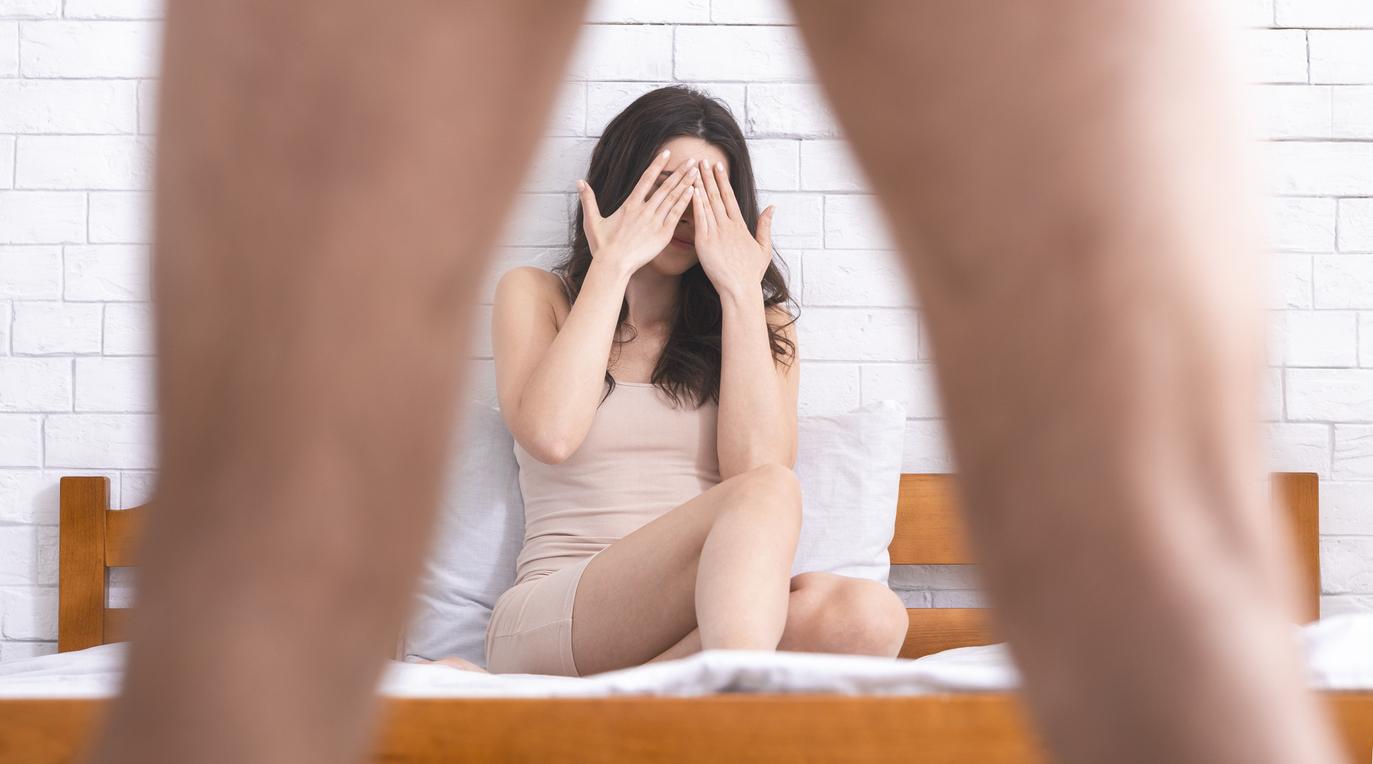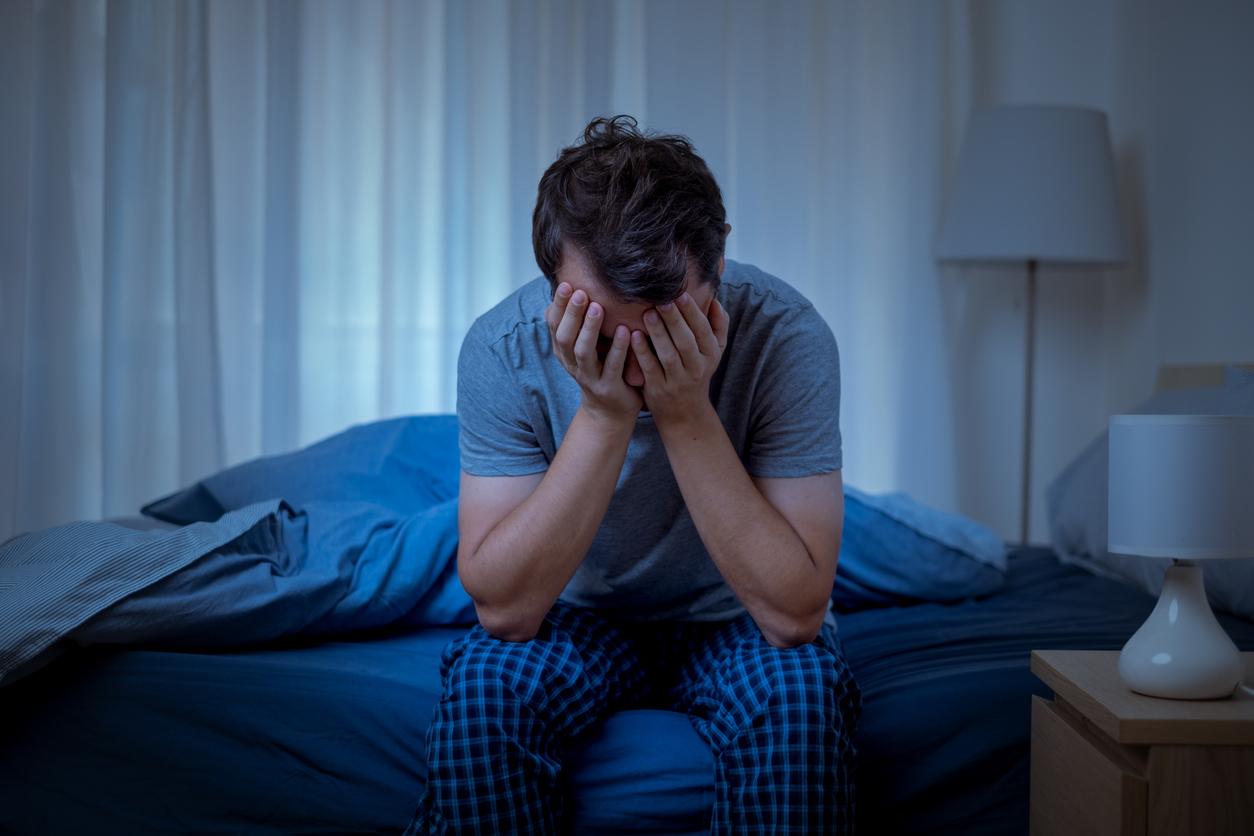Many women feel depressed after having sex without being able to explain it. To have been victims of sexual abuse during childhood or adulthood would be a predictive factor.

After having sex, many women feel sad, anxious and even aggressive. These negative feelings that arise after intercourse or orgasm are the symptoms of postcoital dysphoria. A phenomenon far from being marginal, as attested by one australian study published this Monday in the newspaper Sexual Medicine.
Carried out among 200 university students aged 26 on average, this work reports that nearly one in two women has already felt negative emotions at least once after sex. Among them, 5% say they have experienced them in the 4 weeks preceding the experience, and 2% feel them after each report.
Various events
In addition, the manifestations of postcoital dysphoria are very diverse and vary from one woman to another. Some may feel sad, melancholy and burst into tears for no reason, while others may express their unhappiness with violence and aggression.
Previous work on binoculars has suggested that the occurrence of these symptoms may be linked to a significant genetic component (26 to 28%). Psychological and emotional factors would also come into play. Studies have shown that women victims of sexual violence during childhood or adulthood are more prone to suffer from postcoital dysphoria.
Common after assault
This association is confirmed by this study, carried out by researchers from the Queensland University of Technology (Australia). This specifies that it is women victims of sexual abuse during childhood who are the most affected. “Being sexually assaulted can lead to the development of psychological disorders and emotion. They may feel anxious about having a sexual experience, which can impact their sex life in the long term, the researchers say. It is also possible that abused women are more willing to stay in a relationship where they feel they have nothing in control ”.
However, the authors have shown that psychological distress appears to be a minimal factor in postcoital dysphoria. They therefore underline the need for additional work to better understand this little-studied phenomenon.
.
















